Without anyone new to push as the central selling point of the annual extravaganza, WWE in 2011 were once again forced to pick up the phone to a star of old. The man they turned to was Dwayne ‘The Rock’ Johnson, the Attitude Era number-mover who had not appeared inside of a WWE ring since WrestleMania XX in 2004. Since then, Rock had become the biggest name in Hollywood, successfully making the rare transition from pro wrestling superstar to global mainstream megastar. Desperately needing a boost for WrestleMania XXVII, WWE convinced Rock to make a non-wrestling return to serve as the guest host for the supershow. If the main event between The Miz and John Cena was uninspiring before, it was not helped any by Rock’s presence. Such was the magnitude of his charisma and star power that he dwarfed Miz, leaving fans desiring a match between Rock and Cena rather than the advertised bout between the two WWE regulars.
The night after WrestleMania, having agreed terms with Rock to step back inside the squared circle, WWE pulled the trigger on the dream Rock vs. Cena clash, promising it to fans… one year later! Yes, WWE opted to build a Rock-Cena match that was not going to happen for 12 months. Still, the tactic worked. WrestleMania XXVIII did record numbers, pulling 1,217,000 pay-per-view buys—a company record. Feeling they were onto something, WWE ignored their own year-long ‘Once In A Lifetime’ marketing campaign and returned to the well at 2013’s WrestleMania XXIX, pulling over a million buys again as Cena got his win back. Despite the commercial success of Rock’s return, his presence caused some friction in the locker room. Many—most notably C.M. Punk—were very vocally opposed to WWE’s use of Rock and other part-timers in key ‘Mania spots, arguing that they deserved to be given the opportunities to carry the ball and take home the monster paydays, not someone who was rarely there.
WWE did not pay attention to the self-serving grumblings from within its ranks. Feeling they had struck a winning formula, another part-time player was added to the roster: Brock Lesnar. When Lesnar returned to WWE in 2012 he was a completely different, pardon the pun, beast, to when he left in 2004. Back then he was a powerhouse who combined brute strength with technical wrestling acumen, competing with the likes of Kurt Angle and Chris Benoit in classic mat-based wrestling matches. By 2012, Lesnar was a former UFC Heavyweight Champion who had carved a remarkable legacy in MMA. He had achieved more in his relatively short UFC career than anyone thought possible from a ‘phony’ ex-pro wrestler, setting buy rate records along the way. He was a genuine superstar, far beyond the level he had achieved in WWE the first time around. His return was a huge coup for the company. With the roster almost completely different from 2004 there was a whole host of new potential match-ups waiting for Brock. Dream matches, if you will.
WWE paired Lesnar with John Cena right out of the gate. Although they had squared off before—at Backlash in 2003—both men had come such a long way since that they were almost unrecognisable. In those days Lesnar was the aforementioned wrestling machine, whereas Cena was a rapping rookie who was barely able to put together a basic match. Now, he was a superstar, the face of WWE for almost a decade, and the man everybody wanted to see Brock tear apart. Their match at Extreme Rules 2012 was a triumph, pulling 263,000 buys. It was an impressive number on a B-show that typically struggled because of its proximity to WrestleMania.
Lesnar’s part-time schedule meant WWE had to use him wisely, restricting his wrestling appearances to pay-per-views and the occasional untelevised house show in major markets, allowing him to retain his aura and mystique. Brock’s Streak-ending victory over The Undertaker at WrestleMania XXX was perhaps the most sensational result in WWE history, serving to make him an even bigger deal. When Lesnar wrestled, fans were willing to pay cold hard cash to see him in action. Brock became the go-to dream match performer, the person who would be brought in and placed into a program with little-to-no build. At SummerSlam 2016, Brock was matched up against Randy Orton, with WWE forgoing all formalities by abandoning a pre-show build and instead casually announcing on TV that the match would be happening. For a company whose lifeblood is month-to-month storylines and angles, this was a departure from the norm. At least in 2017, when WWE decided to run with a fantasy contest between Lesnar and Samoa Joe, there was a degree of build first.
Bringing in stars and giving them short bursts of creative to get them to a match was something WWE had been doing for several years by that point. Their relationship with video game developer 2K Sports was a prominent factor. The group helped WWE build bridges with alienated stars of the past by opening up an initial dialogue with them, such as The Ultimate Warrior and Sting. Warrior sadly passed away before WWE could coerce him into donning the tights one last time (you just know Triple H wanted to avenge that embarrassing WrestleMania XII defeat), but Sting, at 56, was given a final moment in the sun. Or, more cynically, he was bled dry one last time to boost the company’s coffers.
Trending
- Two WWE Debuts Confirmed
- Vince McMahon Files Official Response To Sex Trafficking & Abuse Lawsuit
- WWE Star Breaks Character To Congratulate Trick Williams For Winning NXT Championship
- Swerve Strickland’s First Match As AEW World Champion Confirmed
- WWE Star Feels He Let People Down With WrestleMania 40 Match
- Carmelo Hayes Reacts To Trick Williams WWE NXT Championship Win
- Triple H Addresses New WWE Title Change
- Official WWE Draft 2024 Rules Announced
- AEW World Champion Swerve Strickland Fires Back At WWE Star
- NXT Star Confirmed For 2024 WWE Draft Update



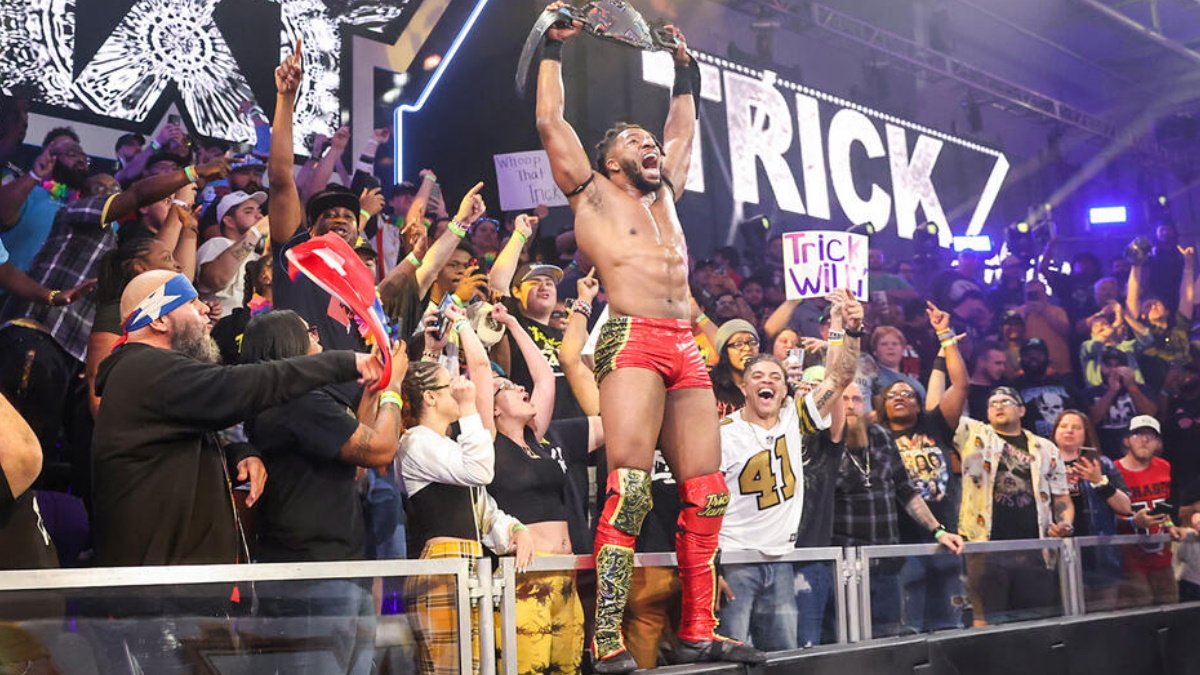

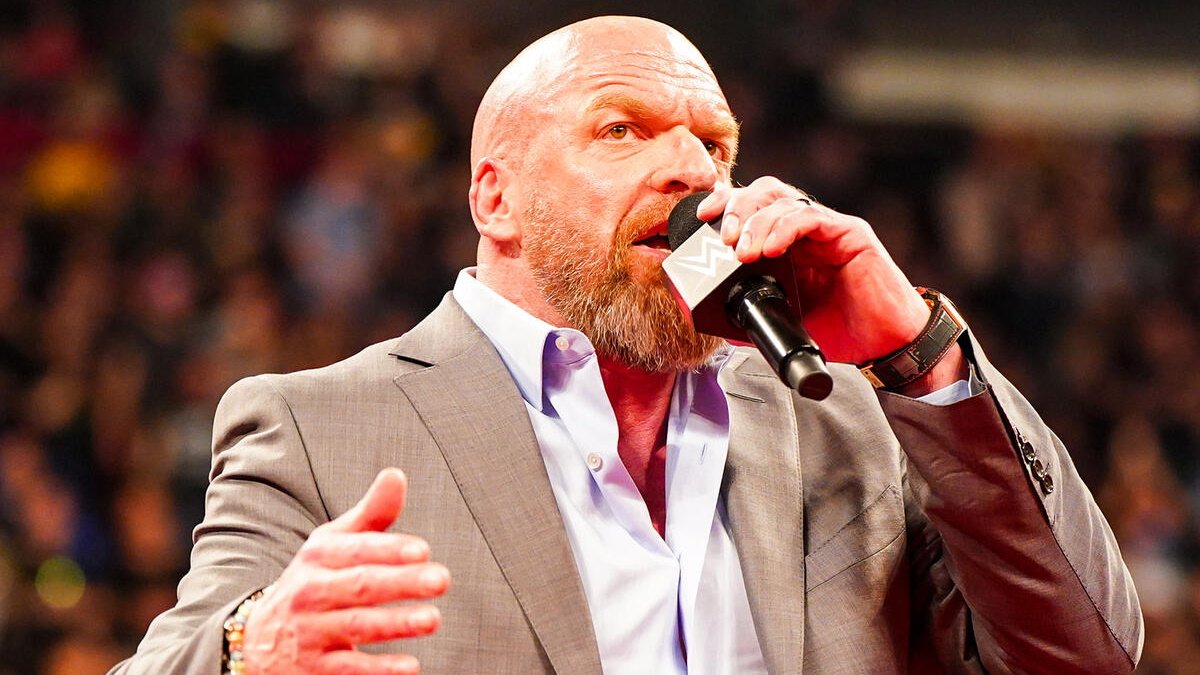
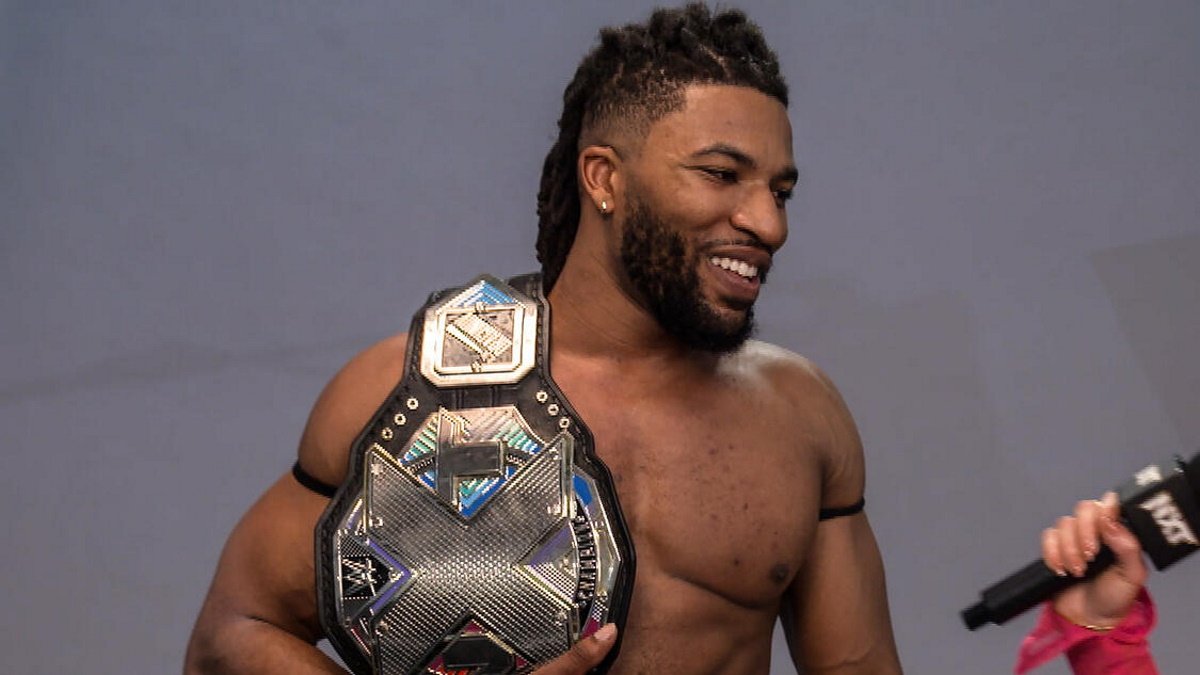
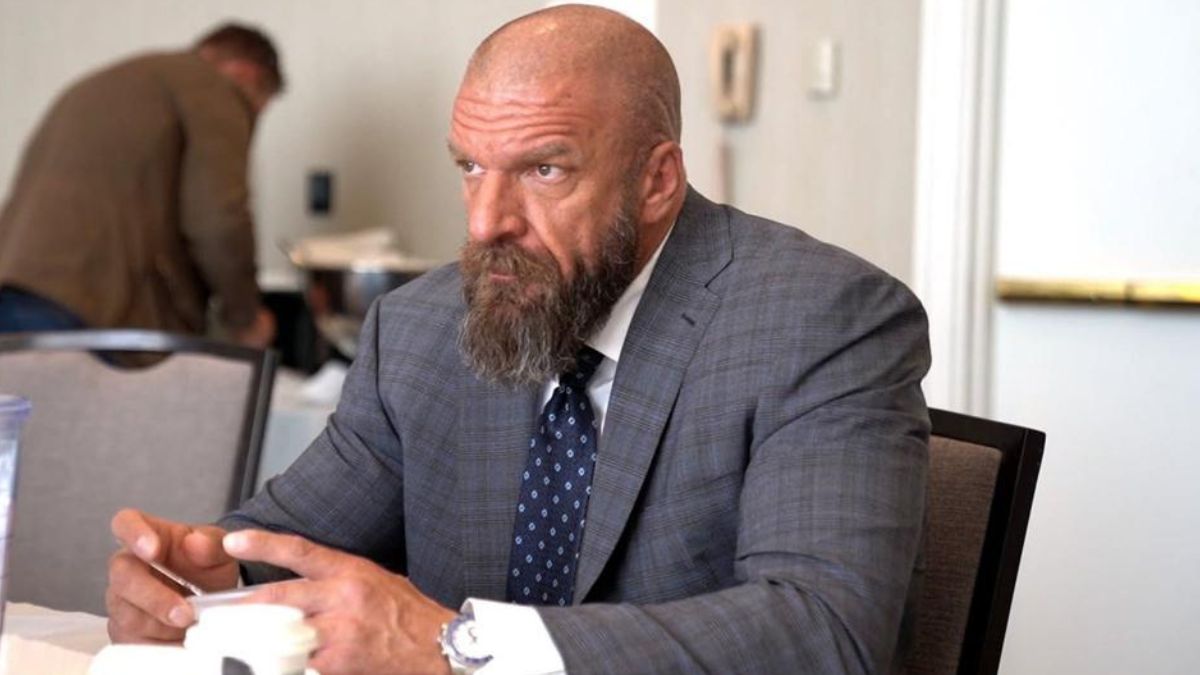


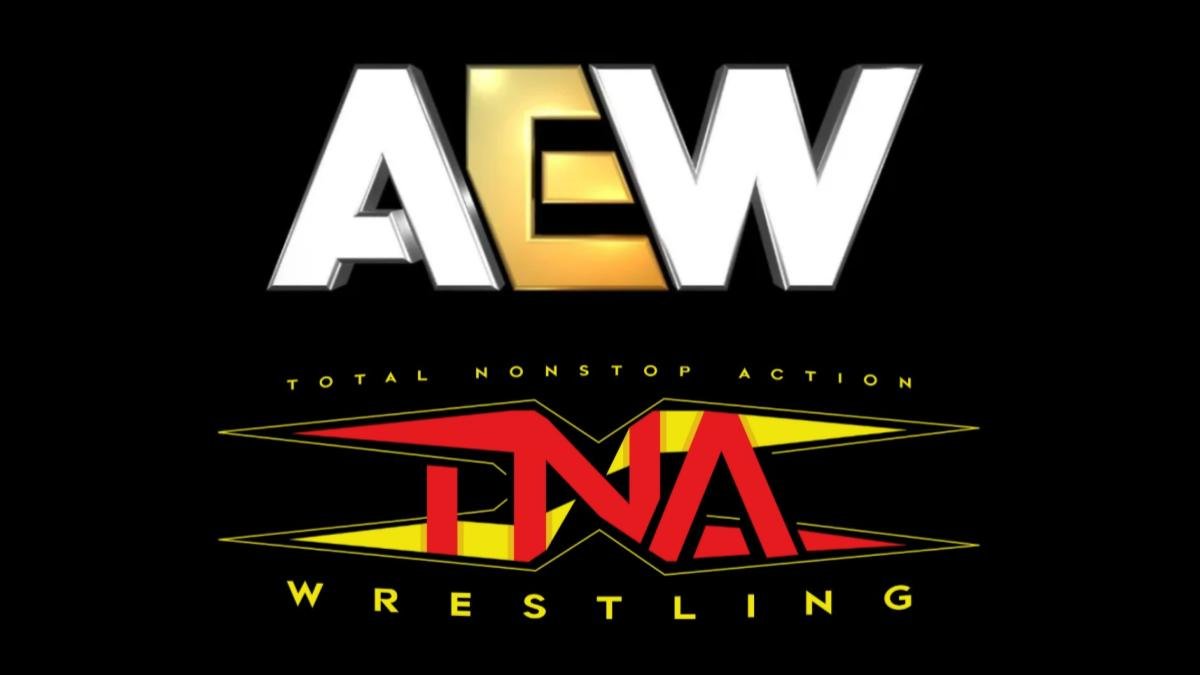
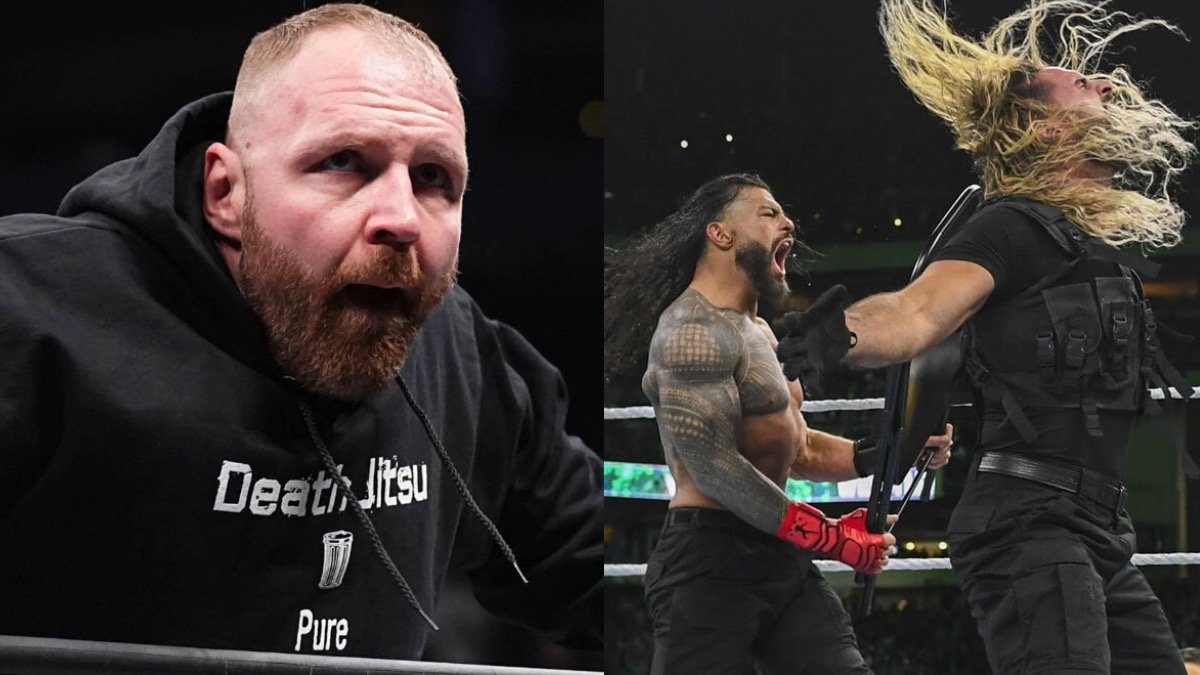
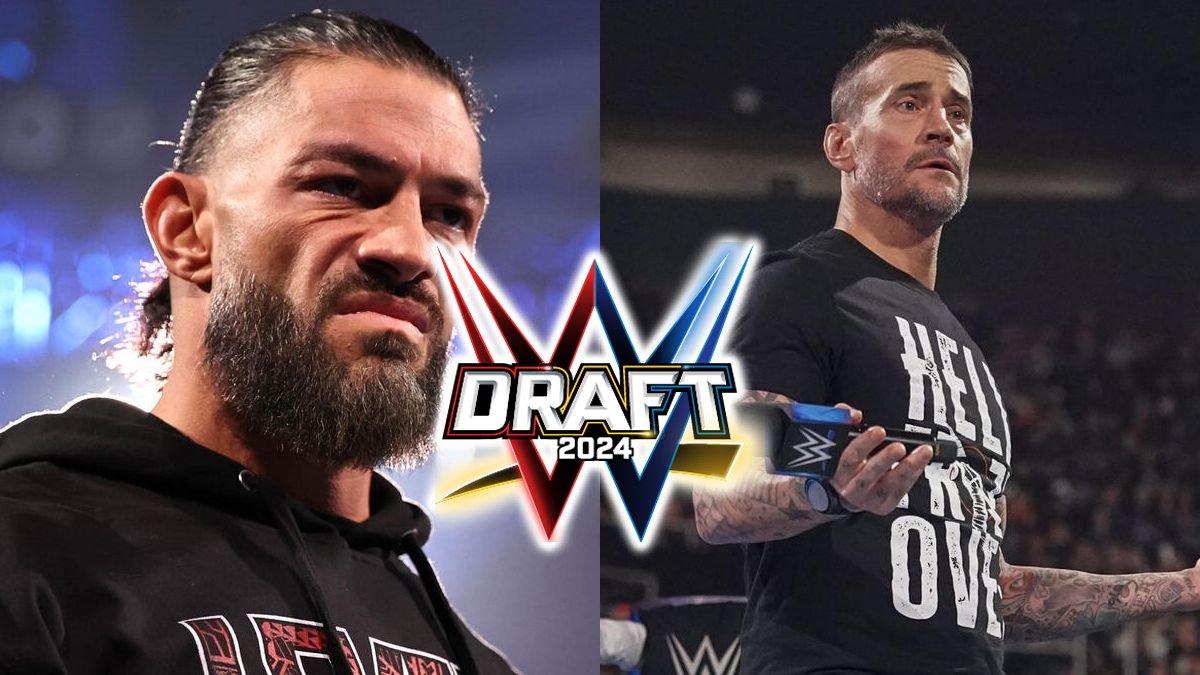
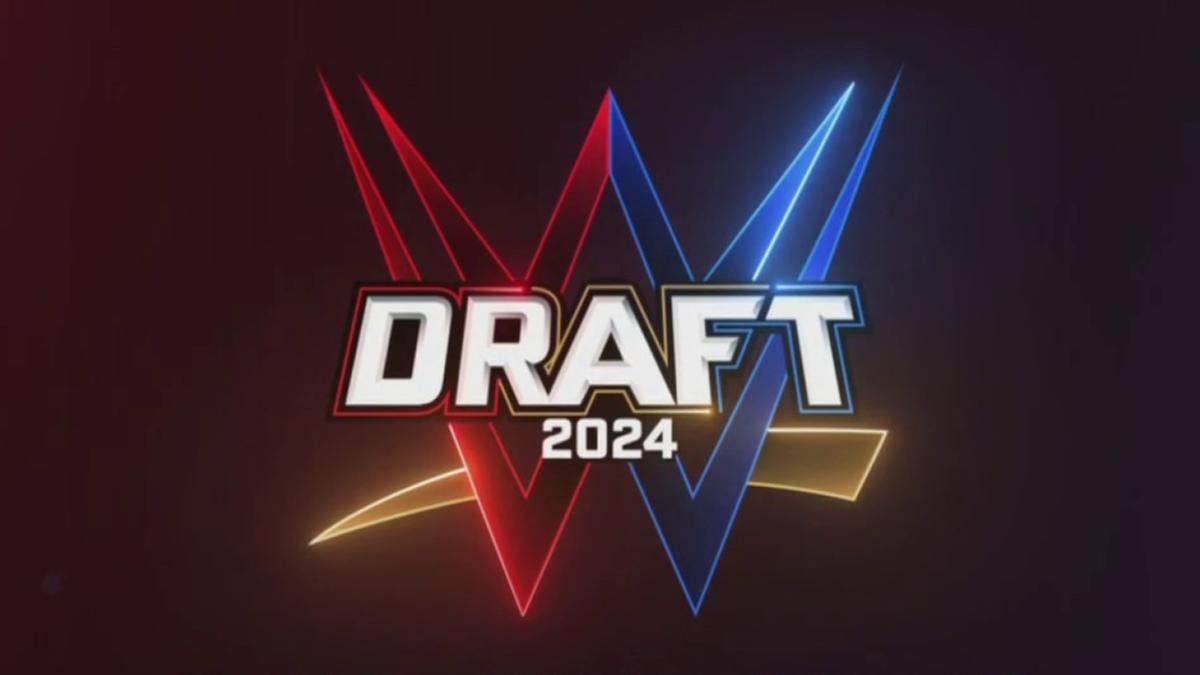
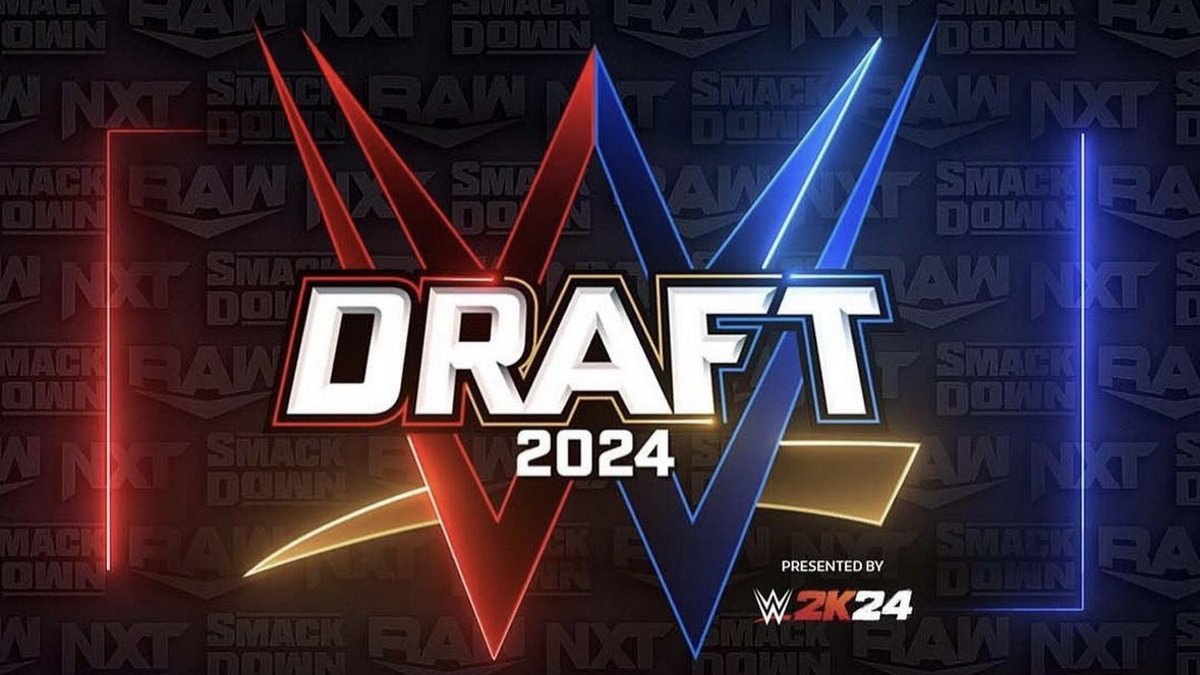
 mailing list
mailing list